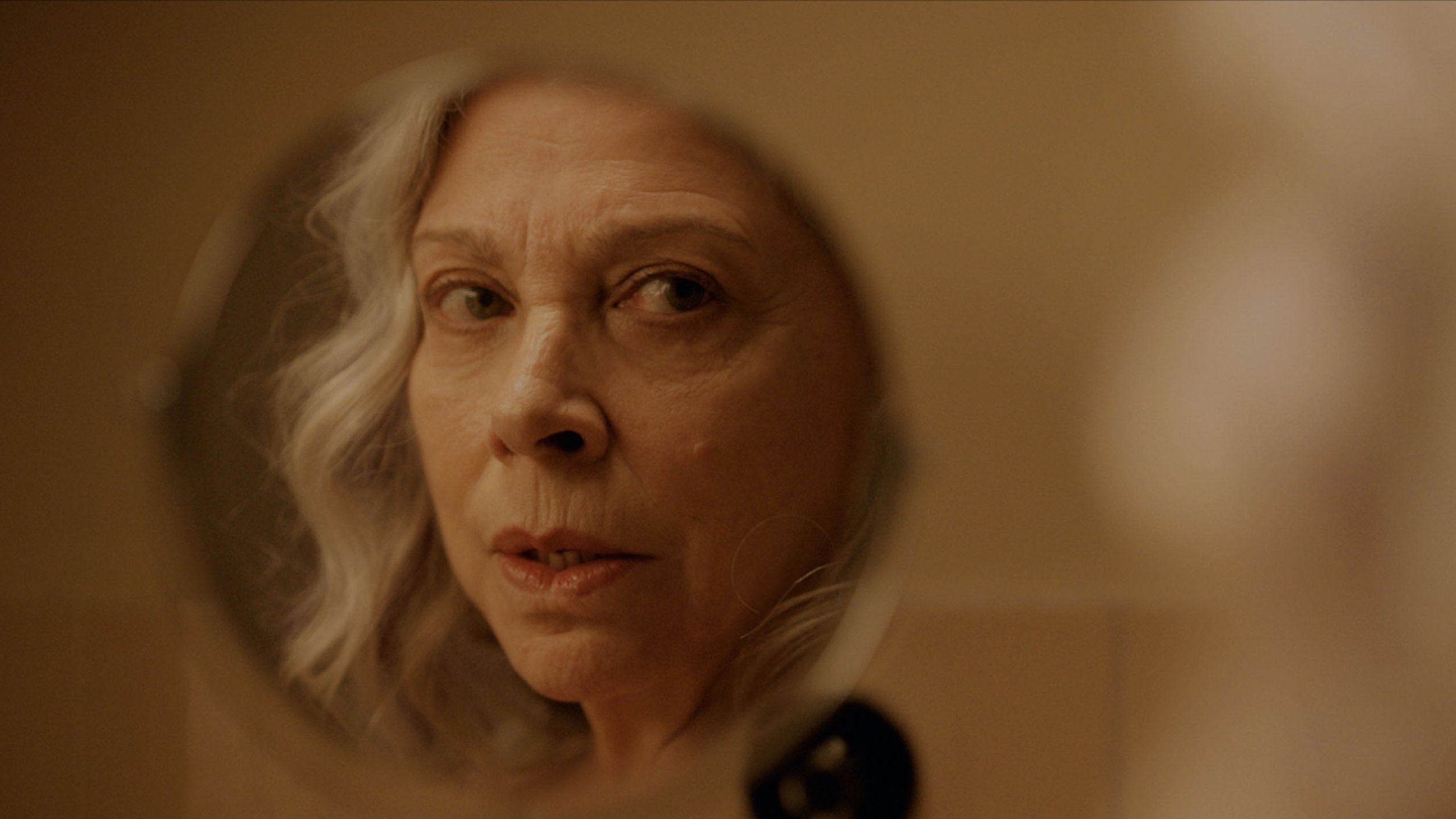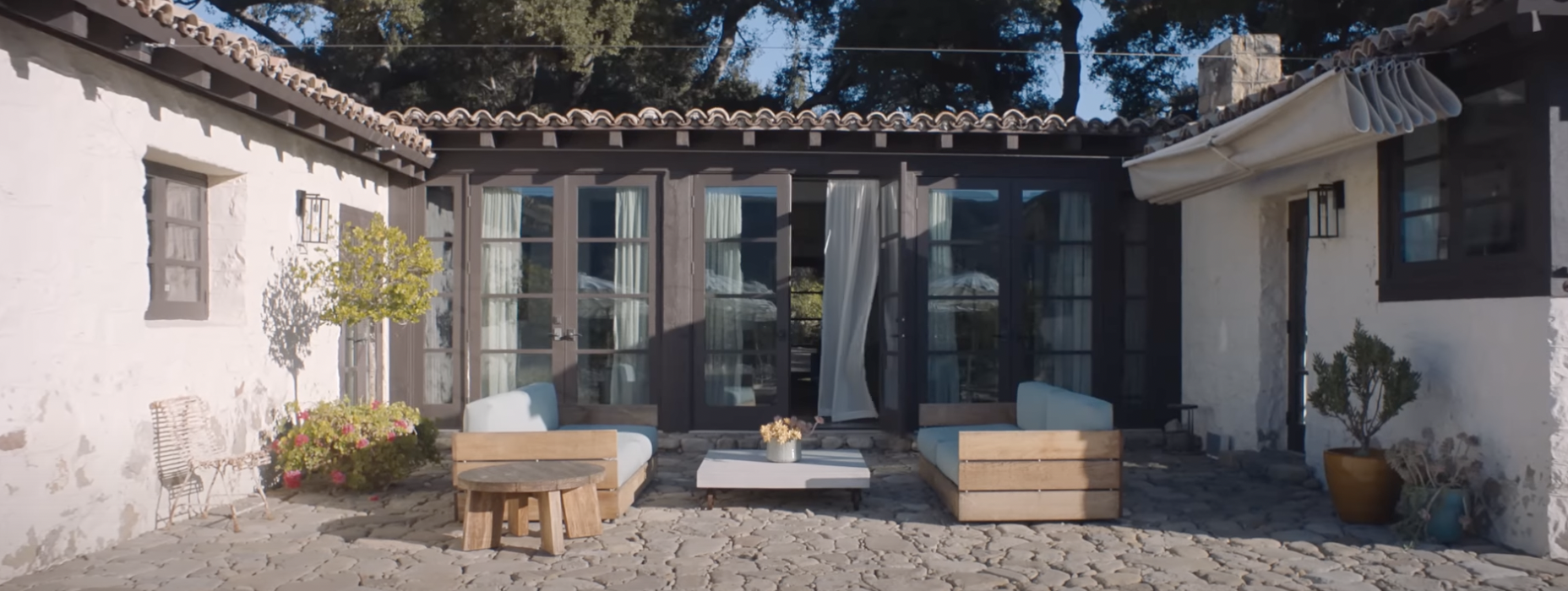Grandma’s feelin’ frisky!
Hey, if that makes you uncomfortable, you’re not alone. Cruz herself is ashamed and confused about feeling sexual urges after all these years.
Don’t ask her to ask what Jesus would do; she tried that and it brought her face to face with a life-size, tall young thing. His beard was so thick . . . his torso, so toned . . .
Agh! Cruz’s church-going friends are no help either. Almost as bad as her husband’s snoring. Anyways, we begin to wonder whether abuela is destined to suffer in silence.
And yet, God always gives us a sign, doesn’t God? I mean, the flyer was right outside church!
Soon we see Cruz attending a new kind of service. It’s called sex therapy, and though its devoted are also trying to live better lives, there is no judgment here for confessing fears and desires. Until this point the movie had been delicate, funny, and interesting, but from now on the goodness compounds. Smart moviewriting dissolves witty jokes with touching tales; balances heavy stuff perfectly with light.
Without a doubt Mamacruz would upset a few of Cruz’s old friends. They’d be overreacting, though. Even if ever-so-mildly explicit, it’s a wholesome movie about a person trying her best. Whether by edits or imagery, breathing or focus, it knows just how to build. And release!
Cruz somehow turning a bland moment into a peep show.














